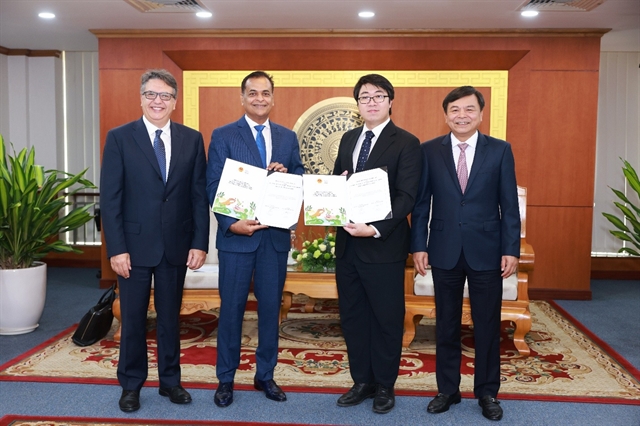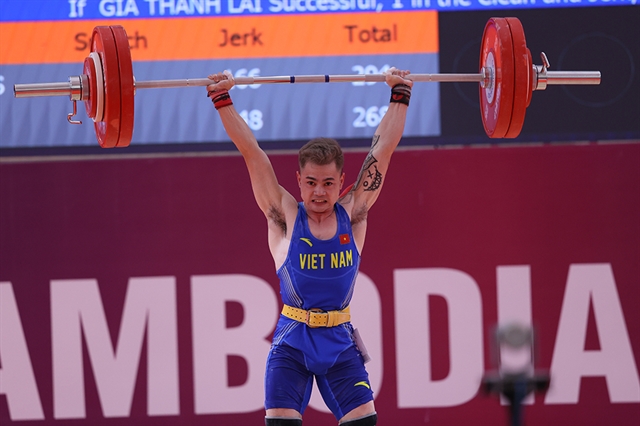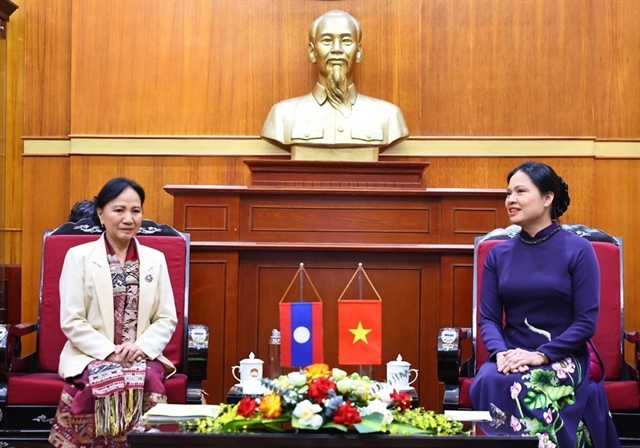 Media-OutReach Newswire
Media-OutReach Newswire

HONGKONG SAR - Media OutReach - 17 December 2020 - Lanzhou, the capital of China's Gansu Province and a crucial link inChina's One Belt, One Road initiative, is China's best-performing city in 2020,according to the Milken Institute.

|
The city of Lanzhou isa shining example of the green development strategy that China embarked upon aspart of its 13th Five-Year Plan, which focused on the elevating thenation's growth through technological innovation and renewing efforts tocoordinate regional development. Having balanced urban infrastructure modernisation with improvingecological sustainability[1], Lanzhousecures the first place, up from fourth position in 2019, in the MilkenInstitute's sixth edition of its annual Best-Performing Cities China report,which was released today. Shenzhen and Chengdu follow in second and thirdplace, respectively.
"The Best PerformingCities China index for 2020 highlights how China is leveraging the economicpower of the nation's three superclusters, Beijing-Tianjin-Hebei, Greater BayArea, and the Yangtze River Delta, as the architecture to connect and transmitindustrial production and commercial activities to smaller cities and counties,"said Perry Wong, managing director of research at the Milken Institute andco-author of the report. "The rapid elevation in the growth of the lessdeveloped regional economies reflects China's commitment to infrastructurebuilding to reduce development disparities among regions and cities, as well asalleviating environmental burdens -- such as congestion and pollution -- onmegacities."
2020 also marks the firsttime that cities from the Western region took three of the top five spots inthe Milken Institute's rankings. This highlights the success of the centralgovernment and policymakers' focus on leveraging the comparative advantage ofregional development in the domestic market to spur growth among less developedbut lower-cost regions.
Shenzhen in Guangdongprovince retains its second-place position from last year. As one of thegreatest success stories of China's innovation economy development, Shenzhen istoday a global innovation powerhouse, after having successfully reinventeditself from being a low-cost gadget manufacturing center. Today, the city isChina's main hub for telecom product advancements and tech entrepreneurship.Shenzhen -- as one of China's growth leaders -- will be continued to be fortifiedby the Chinese government to realize its mission to become a global city.
Rounding up the topthree spots is Chengdu, dropping two positions from first place in 2019 afterholding the spot for the previous three years. It is also the sixth time thecity has been ranked in the top 10 large cities group. Chengdu continues to beone of western China's most crucial economic, cultural, transportation andcommunication hubs.
Xi'an in Shanxiprovince takes the fourth spot, up from sixth last year. The city is in theWestern part of China and is experiencing a boost in transportation infrastructuredevelopment. Following Xi'an in fifth place is Fuzhou in the southeasternprovince of Fujian.
Taking sixth place isthe Guangzhou, the capital of Guangdong province which is also one of China'soldest and biggest trading and transport hubs. Coming in seventh place isBeijing, the nation's capital. Xiamen in Fujian province, Nanjing in Jiangsuprovince, and Hefei in Anhui province round up the top 10 first- andsecond-tier cities list.
It is the first timethat Guangzhou, Nanjing, and Hefei entered the list of first- and second-tiercities. It also the first time that Fuzhou is part of the list's top 10 cities.
Heyuan in Guangdongprovince takes this year's number one spot in the small cities list. As part ofthe Greater Bay Area and a regional logistic point, Heyuan has recentlyreceived many domestic and foreign investments that drive its economic growthand is a testament to China's Western regional development that has helpedelevate economic activities with sustaining momentum. Coming in second place isBaoji in Shanxi province, followed by Xinxiang in Henan province in third andChuzhou in Anhui province in fourth. Most of these cities have benefited fromthe expansion of their neighboring major cities.
The sixth and sevenplaced cities are Xuancheng in Anhui province and Shangluo in Shanxi provincerespectively, followed by ninth-placed Zhangzhou in Fujian province andeighth-placed Dazhou in Sichuan province. Xinxiang and Dazhou are close toZhengzhou and Chongqing, the key commercial and production centers in theirrespective provinces. Zhangzhou, a citynext to Xiamen, has had a noticeable GDP growth in recent years.
The last city on thetop 10 small cities list is Dongguan in Guangdong province, which topped thesmall cities list in 2019.
"The Chinese government's focus on investinghugely in domestic infrastructure, attracting foreign investment and leveraginglow-cost production factors has affected the growth status of severalthird-tier cities, in addition to helping improve urban infrastructure andenvironmental stability in first- and second-tier cities," added Mr. Wong."Despite the unprecedented challenges presented by the COVID-19 pandemic andthe continuation of global trade wars, China's drive for economic innovationacross its priority growth cities remains largely unperturbed."
Methodology
The 2020 MilkenInstitute Best-Performing Cities China Index divides 264 Chinese cities intotwo groups, one for large cities and one for small and medium-sized cities. Thelarge cities group comprises 34 first- and second-tier cities, while the latteris made up of 230 third-tier cities. The two groups are ranked separately basedon economic performance, with an emphasis on growth measurements. Its rankingindex for this 2020 version comprises nine indicators--one-year (2017-2018) andfive-year (2013-2018) growth for jobs, wages, and gross regional product (GRP)per capita; three-year (2015-2018) foreign direct investment (FDI) growth;FDI/GRP ratio (2018); and the location quotient (LQ) for high value-addedindustry employment (2018). This index categorizes Chinese cities into largeand small groups to yield more meaningful comparisons and insights.
About the BestPerforming Cities China Index
The Milken Institute'sBest-Performing Cities (BPC) China Index analyzes the latest and mostcomprehensive official data, found in the China City Statistical Yearbook totrack the recent economic performance of Chinese cities. The primary purpose ofthis series is to offer a tool to policymakers to monitor and evaluate theeconomic dynamics of cities in China and improve their performance. Inaddition, this work provides businesses with insight into economic trends toexplore potential investment opportunities in China.
Milken Institute's Best-PerformingCities China Ranking
| Rank | First- and second-tier cities | Rank | Third-tier cities |
| 1 | Lanzhou, Gansu (甘肃省, 兰州市) | 1 | Heyuan, Guangdong (广东省, 河源市) |
| 2 | Shenzhen, Guangdong (广东省, 深圳市) | 2 | Baoji, Shaanxi (陕西省, 宝鸡市) |
| 3 | Chengdu, Sichuan (四川省, 成都市) | 3 | Xinxiang, Henan (河南省, 新乡市) |
| 4 | Xi'an, Shaanxi (陕西省, 西安市) | 4 | Chuzhou, Anhui (安徽省, 滁州市) |
| 5 | Fuzhou, Fujian (福建省, 福州市) | 5 | Wuhu, Anhui (安徽省, 芜湖市) |
| 6 | Guangdong, Guangzhou (广东省, 广州市) | 6 | Xuancheng, Anhui (安徽省, 宣城市) |
| 7 | Beijing (北京市) | 7 | Shangluo, Shaanxi (陕西省, 商洛市) |
| 8 | Xiamen, Fujian (福建省, 厦门市) | 8 | Zhangzhou, Fujian (福建省, 漳州市) |
| 9 | Nanjing, Jiangsu (江苏省, 南京市) | 9 | Dazhou, Sichuan (四川省, 达州市) |
| 10 | Hefei, Anhui (安徽省, 合肥市) | 10 | Dongguan, Guangdong (广东省, 东莞市) |
Find out theInteractive Map: www.best-cities-china.org




